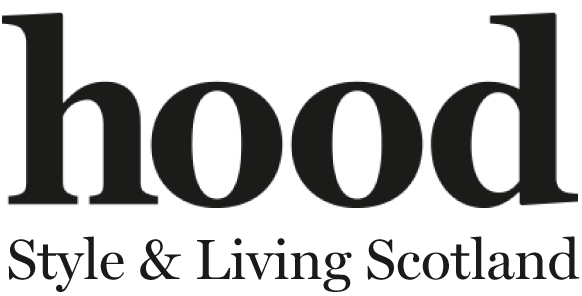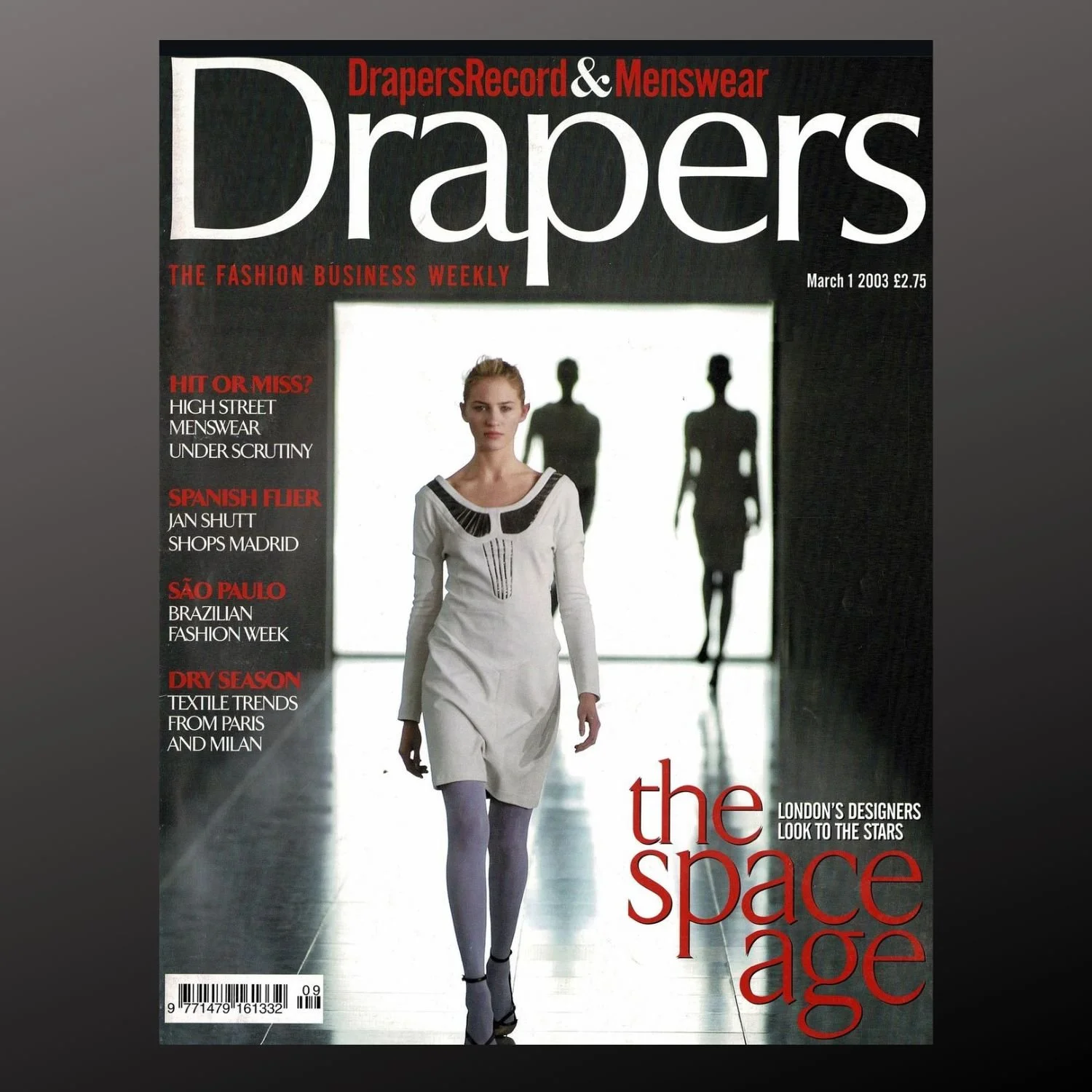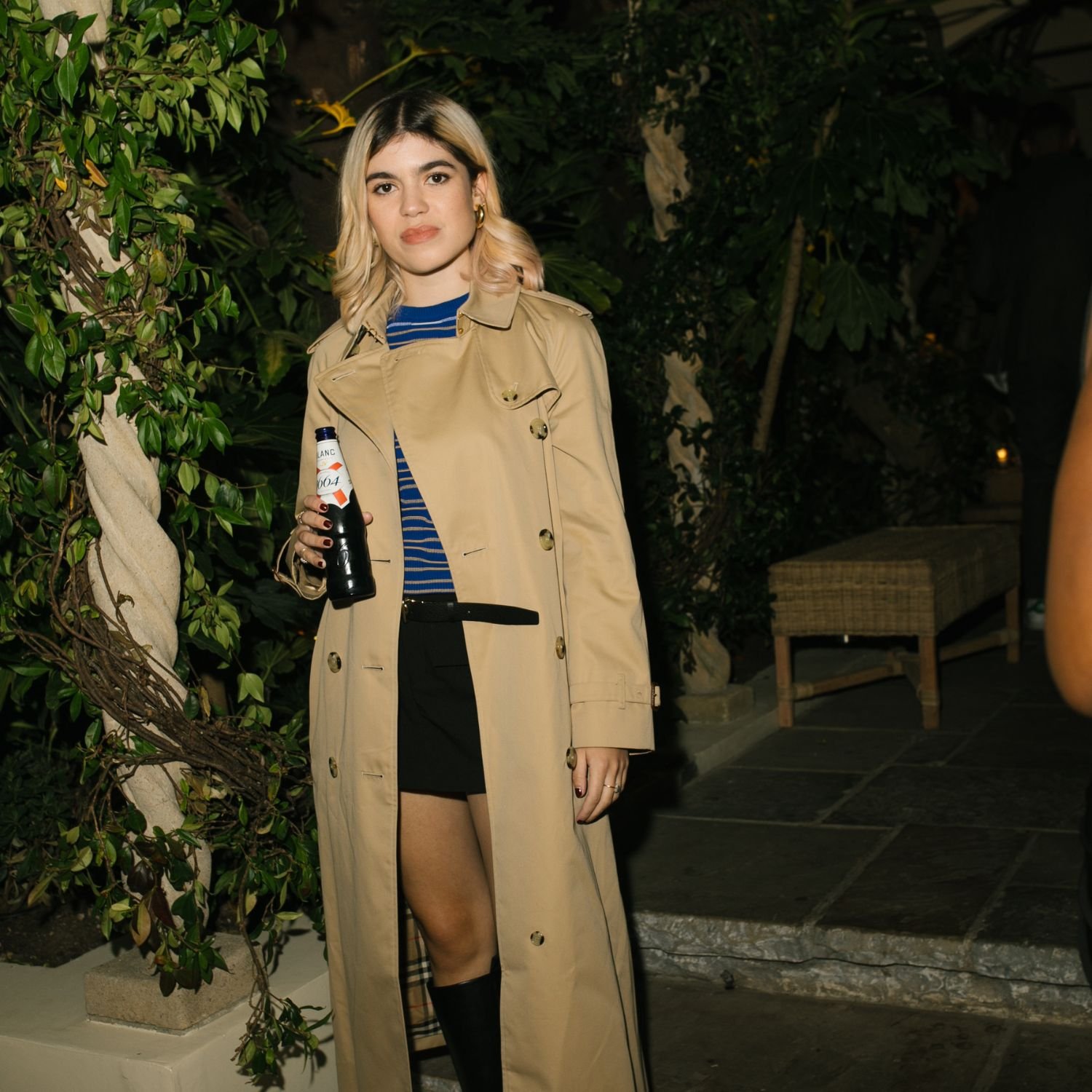Celebrating 40 Years of London Fashion Week
A Fashion Writer's Journey through London Fashion Week – Late 90s to Noughties
By Nicola Campbell-Turnbull
As London Fashion Week celebrates 40 years of shaping the global fashion landscape, I can’t help but reflect on my own experiences as a young fashion journalist in the late 90s and early 2000s. The event has grown into one of the most anticipated weeks in fashion, but back then, it was still evolving—its energy electric, its creativity unmatched. My early career coincided with this pivotal period, as the city’s fashion scene was becoming a global powerhouse, and I was fortunate enough to witness it firsthand.
My journey began in the summer of 1998, with an exciting opportunity that came from an unexpected place: the cramped, fashion-return-filled office cupboard of Marie Claire magazine. Back then, I was a fresh-faced graduate, completing a work experience stint that eventually led me to the role of features assistant. It was through this that Juliet Warkentin, the charismatic editor of Marie Claire, opened a door to the fashion world for me. She found me a job at Drapers Record, a title I’d heard of before but would soon come to understand as the bible of the UK fashion industry.
Landing a role as fashion writer at Drapers opened up a whole new world to me, and in what seemed like a blink, I was suddenly thrown headfirst into my very first London Fashion Week. I had no idea that this would be just the beginning of a whirlwind career of runway shows, fashion-packed schedules, and the occasional star-studded party.
Fashion Week Frenzy
Fashion Week in the late 90s was a sensory overload for any new writer. The timetable looked punishing, with shows starting early in the morning and stretching into late evenings, often followed by afterparties filled with London’s fashion elite. My fashion editor took on the big names, while I was given the task of covering the off-schedule designers, trekking through London with a battered mini A-to-Z, searching for the next big name in backstreet venues.
The excitement was palpable—who would become the next Alexander McQueen? While McQueen had already established himself by then, I had the pleasure of witnessing emerging talents like Shelley Fox and Boudicca begin their rise to recognition. It was an era of pure creativity, with shows popping up in unconventional venues, from warehouses to hidden gardens, and each one felt like a gem waiting to be discovered.
The Fashion Journalist’s Reality
Over the years, I moved up a ranking to fashion editor and got to see so many big names and astounding shows. While there were high fashion moments, not everything was glamorous. Queues were a great leveller, and Fashion PRs guarded seating charts with hawk-like intensity. No matter who you were, your seat allocation was final—I remember a boyfriend of Kate Moss once uttering the cringeworthy words, "Do you know who I am?" outside a show. You’d hear those words a lot but it made no difference, usually if your name wasn’t down you simply weren’t getting in. Fashion Week could be brutal. Some days, I’d find myself seated a few feet away from Suzy Menkes or Anna Wintour, feeling like I’d made it. Other days, I’d be relegated to the back row or worse, standing room only. It was always hit or miss.
Selecting Images: The Chris Moore Experience
After the gruelling schedule of following catwalks, the next step was always image selection, and that initially meant heading to Chris Moore’s studio in Farringdon. This involved physically going through sheets and sheets of slides with an eye loupé, manually peering through and picking out the best shots. But as the digital age took over, the process evolved, and I found myself sitting with Chris and Maxine in their home studio (or hotel room if it was Milan, Paris or New York), scouring folders on their Mac to create my final selections. Chris Moore was, and still is, a true fashion week icon. The first of the catwalk photographers, he always had his own prime spot in the chaotic throng of lenses at every show. His images were sought after by the best publications, and despite his legendary status, Chris was never one to brag. He quietly witnessed fashion’s transformation over the decades, from intimate salon presentations to the spectacle-driven shows of recent years, and he was always unassuming but every so often you’d get a great story.
High Points of the Era
There were, of course, unforgettable highlights during my time as a fashion journalist. I had the rare privilege of attending Alexander McQueen’s iconic glass box show, a dramatic display that cemented his genius. Hussein Chalayan’s avant-garde theatre, where coffee tables transformed into dresses, left audiences spellbound. And yes, there were celebrity moments too—Victoria Beckham walking the runway for Maria Grachvogel, and Mel B stealing the show for Julien Macdonald. These are the memories that stand out in the sea of fashion weeks that have come and gone.
London Fashion Week has evolved dramatically over the years, but reflecting on those early days makes me appreciate just how much the industry has changed—and yet, at its core, how much it has stayed the same. The energy, the creativity, the rush of being part of something bigger than yourself—that’s what still drives fashion today.
1664 BLANC and Burberry Toast 40 Years of London Fashion Week in Style
Last night, 1664 BLANC, the Principal Partner of London Fashion Week, joined forces with the British Fashion Council and Burberry to throw an unforgettable party celebrating four decades of fashion, legend, and legacy. The event marked 40 years of London Fashion Week, highlighting the city’s role as a global cultural capital and its vibrant creative community. Icons of the fashion world, past and present, gathered at the stunning Roof Gardens in Kensington to bring LFW to a close, with DJ sets from Rachel Anson, DJ Sarz, Retromigration, Abi Sola, and Fliss Mayo setting the perfect tone for a night of celebration.









